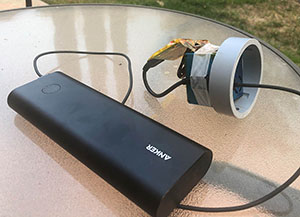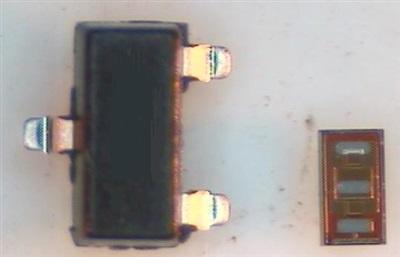September 18, 2020
Design Log: blueAcro Power Bar and Sensor Updates

Some updates for products over at blueacro.com - mirroed from Reef2Reef I have basic power boards already designed up, and a few sample cases in house. The form-factor is nice, though slightly tall compared to your average power strip. Probably not a major issue, as its a fair bit less wide. I’ll report back when I have some first samples assembled. The power board has a number of provisions, including protection for the relay contacts with inductive loads, without using a plain MOV or other circuit which leaks power. Read more

